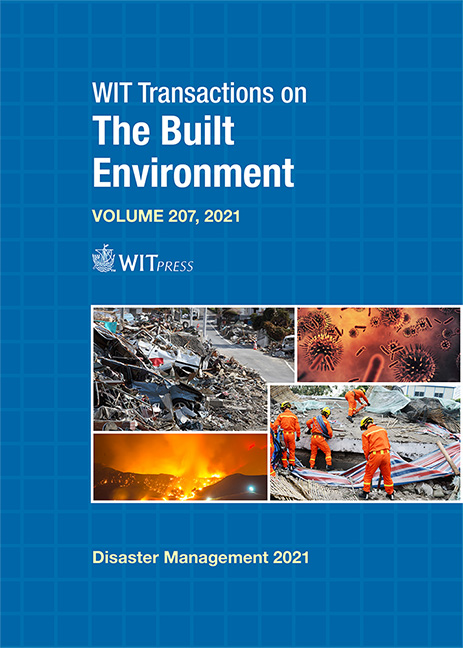“SEDUCTIVE ATTRACTION” OF “APOCALYPTIC DESIRE”: PANIC, TRAUMA NEWS, AND PATHOGEN ARMEGGEDONS
Price
Free (open access)
Transaction
Volume
207
Pages
13
Page Range
63 - 75
Published
2022
Paper DOI
10.2495/DMAN210051
Copyright
Author(s)
NATALIE D. BAKER
Abstract
This paper uses the cases of Ebola and SARS-CoV-2 in the United States, and examines discourses within specific infectious disease outbreaks as apocalyptic crises in mediated popular culture (i.e. mass news media and social media). In 2014, the US was dealt its first cases of Ebola, a horrific virus not typically occurring outside of West Africa. However, an outbreak never materialized. In 2020, Ebola paled in comparison to the slash and burn global spectacle of SARS-CoV-2. Many approaches in US mass media took a certain doom orientation in different ways as the pandemic unfolded over time. With both Ebola and SARS-CoV-2, there was a politicization of science in tandem with apocalyptic spectacle within media discourses. It is argued, the SARS-CoV-2 pandemic filled a void of apocalyptic longing Ebola left unfulfilled. News coverage of both Ebola and SARS-CoV-2 uses manipulation of the idea public panic is common in approaching disaster situations. The concept of the “three acts of trauma news” is to explore these issues, especially with respect to the social construct of panic. Such spectacles are used in trauma journalism to heighten excitement and fear and are a fundamental element of security theater. Panic discourses underscore a problem of the human propensity for fantasy that undermines responses to disaster.
Keywords
Ebola, SARS-CoV-2, coronavirus, emotions, three acts of trauma news, crisis communication, panic, spectacle, mediated popular culture




